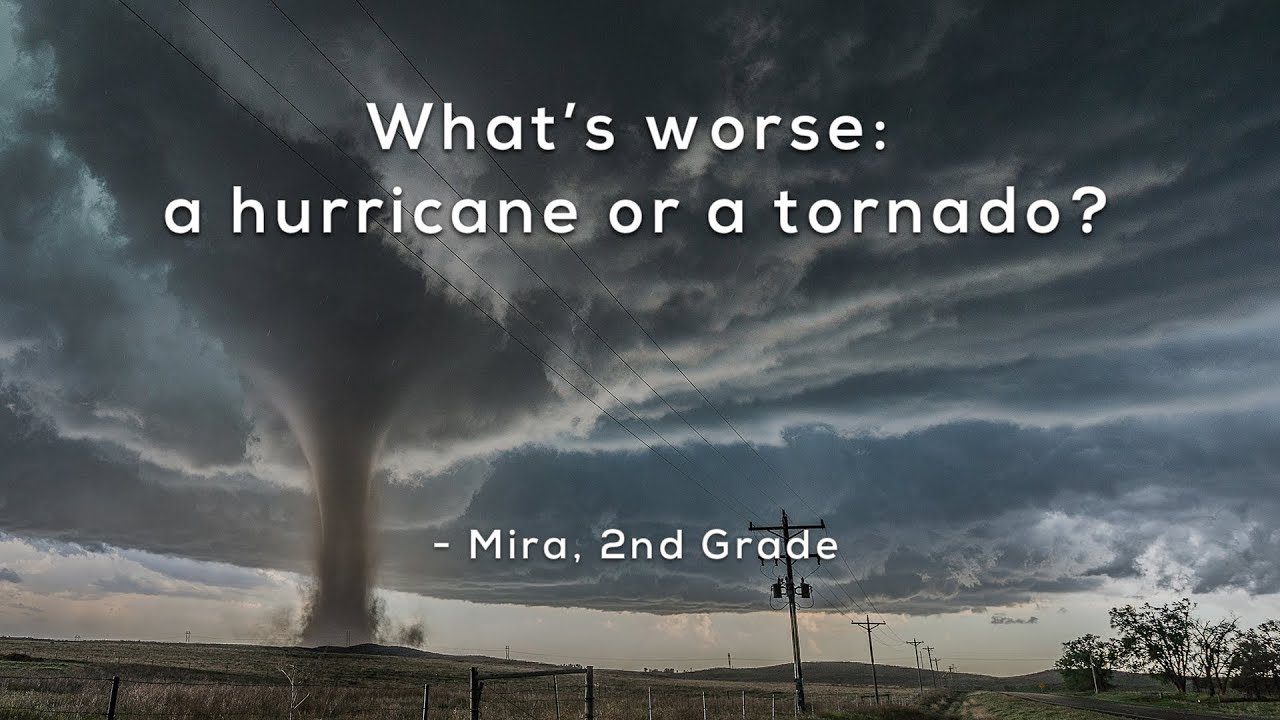Tornadoes and hurricanes are both destructive natural disasters in the United States, but they have major differences. Tornadoes occur when warm and cold air masses meet, form over land, and can develop quickly without warning. Hurricanes form over warm ocean waters, take days to develop, and can have rotating winds up to 155 miles per hour. Tornadoes are smaller and have a single vortex, while hurricanes can be over 400 miles wide and have multiple vortices. Tornadoes can damage buildings and infrastructure, while hurricanes have a broader impact and cause significant flooding and destruction of property. Both phenomena require preparation, awareness, and resilience.
Tornado vs. Hurricane: Which Is More Destructive?
Introduction
Natural disasters are a common occurrence across the world, with the United States being no exception. In the United States, two of the most destructive natural disasters are tornadoes and hurricanes. Even though both are powerful and dangerous, there are some major differences between the two. This article will compare and contrast tornadoes and hurricanes, their causes, characteristics, effects, and damages, to determine which is more destructive.
Tornadoes
Tornadoes, also known as twisters, are violent atmospheric storms characterized by a rotating, funnel-shaped cloud. Tornadoes occur when warm, moist air (coming from the Gulf of Mexico) meets cold air (coming from the Rocky Mountains) and forms thunderstorms. Tornadoes are highly unpredictable and can form quickly, often without warning. They can last anywhere from a few seconds to over an hour and move at speeds of up to 300 miles per hour. Tornadoes are most common in the central United States, during the spring and summer months.
Hurricanes
Hurricanes, on the other hand, are large-scale tropical storms that form over warm ocean waters. They are characterized by a low-pressure center, rotating winds, and intense rain clouds. Hurricanes form when warm water from the ocean evaporates and rises, forming clouds. As the clouds continue to grow, they begin to rotate due to the Earth’s rotation, forming a hurricane. They can last for several days, and their winds can reach up to 155 miles per hour. Hurricanes are most common in the Gulf of Mexico and along the Atlantic Coast.
Differences in Causes and Formation
Tornadoes and hurricanes have different causes and formation processes. Tornadoes form over land when warm and cold air masses meet, while hurricanes form over warm ocean waters. Tornadoes develop very quickly and often unpredictably, while hurricanes take days to develop, giving people time to prepare and evacuate. Tornadoes are more common in the central United States, while hurricanes are more common in the coastal regions of the Atlantic and Gulf of Mexico.
Differences in Characteristics
Tornadoes and hurricanes have different characteristics. Tornadoes are smaller than hurricanes, with a typical diameter of less than 1,000 feet, while hurricanes have a diameter that can exceed 400 miles. Tornado winds can reach up to 300 miles per hour, while hurricane winds can reach up to 155 miles per hour. Tornadoes last for a short period, from a few seconds to an hour, while hurricanes can last for days. Furthermore, whereas tornadoes have a single vortex, hurricanes have multiple vortices.
Differences in Effects and Damages
Tornadoes and hurricanes can both have devastating effects and cause significant damages. Tornadoes can cause damage to buildings and infrastructure, frequently leading to fatalities or severe injuries. They can also cause power outages and disrupt essential services such as transportation, communication and water systems. Hurricanes, on the other hand, have a broader impact, affecting wider areas and causing more significant damages. Hurricanes can cause flooding, landslides, and storm surges, resulting in destruction of property, infrastructure, and loss of life.
Conclusion
Both tornadoes and hurricanes have distinct characteristics, causes, and formation processes. While tornadoes are more predictable, they can be more destructive depending on their location and severity. Hurricanes, on the other hand, last longer and affect larger areas, causing more significant damages. Ultimately, both natural phenomena demonstrate that living in a world with such powerful and unpredictable occurrences requires preparation, awareness, and resilience, especially in high-risk areas.
